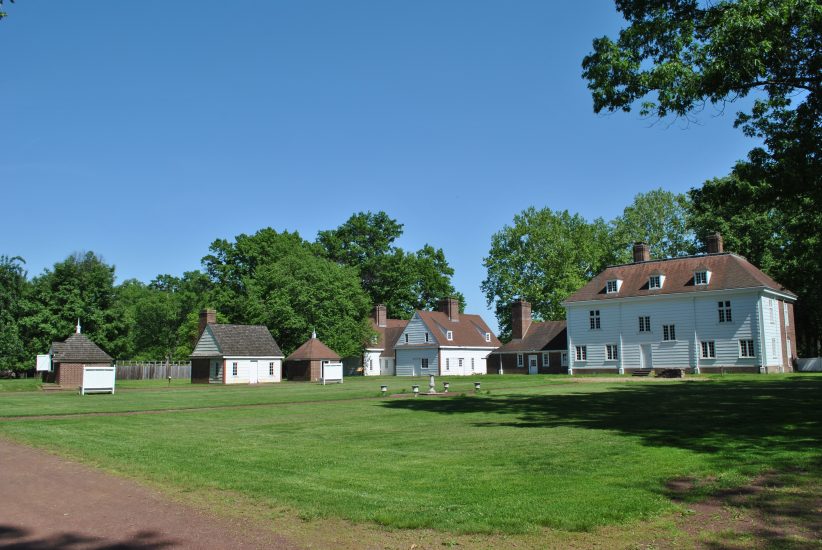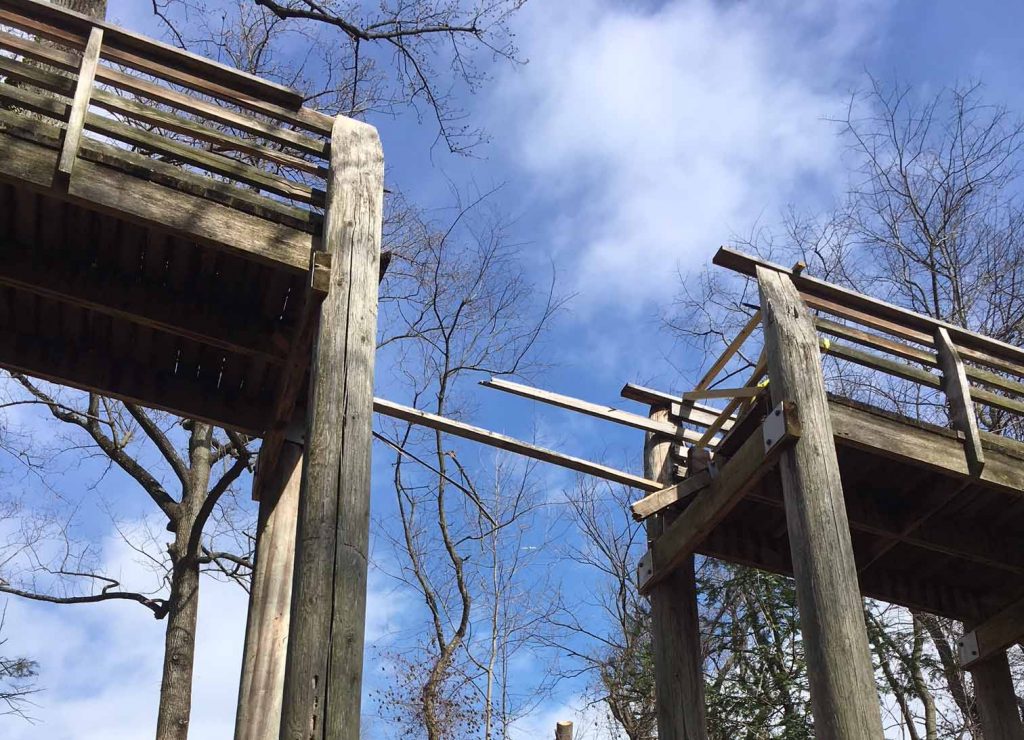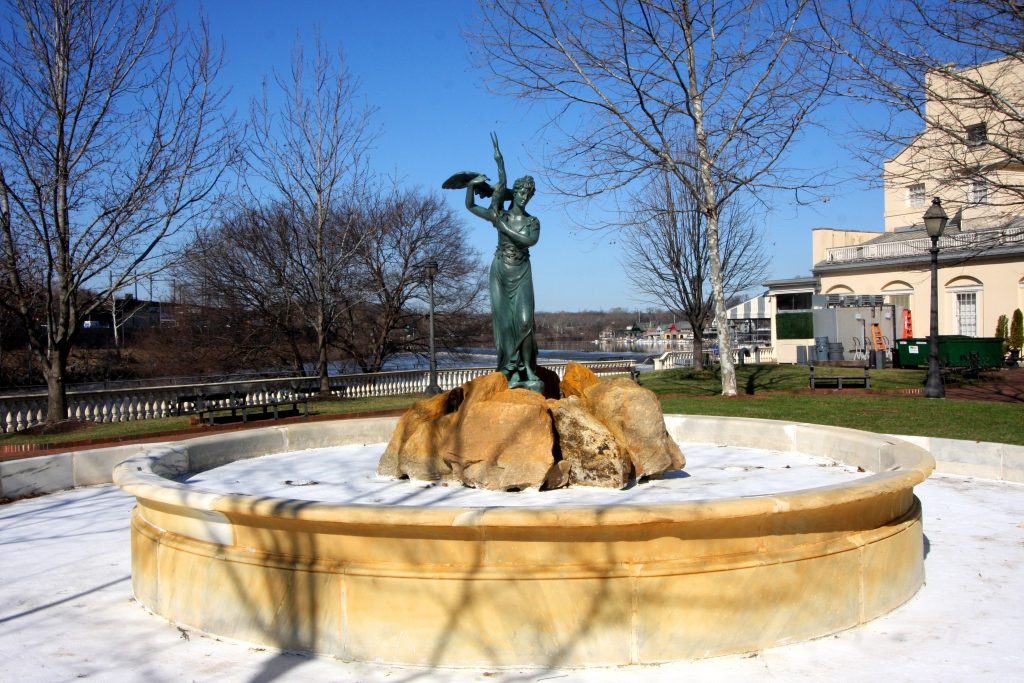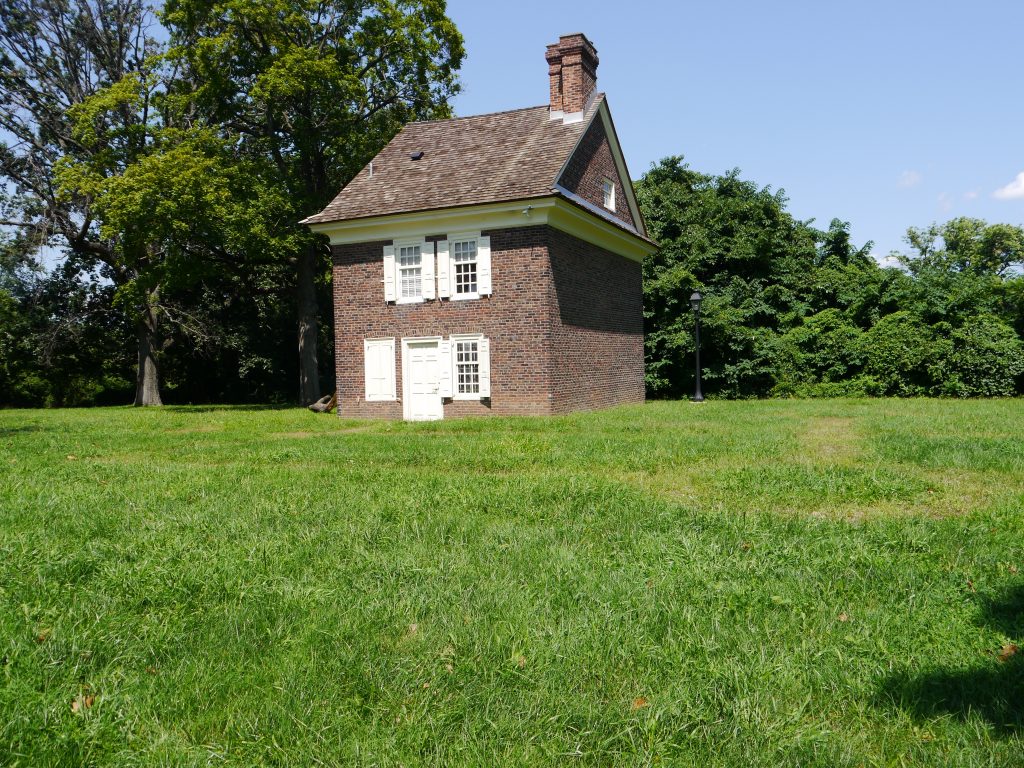In 2019, the preservation arm of the Conservancy took on its largest project to date, performing an extensive window restoration and carpentry project on 10 buildings at the site of William Penn’s colonial estate.
During the late 1600s, William Penn lived at the 8,000-acre Pennsbury Manor, just north of Philadelphia along the Delaware River, until he returned to England in 1701 after nearly 20 years. In his absence, the Manor was transferred to numerous hands and gradually fell into despair, with most of the original manor ultimately lost to time. In 1929, the State acquired the property, after which the site was brought into the care of Pennsylvania Historical Commission, reconstructed according to the available historical record (largely Penn’s written notes and correspondence) in 1939, and turned into a house museum.
Today, as part of the National Register of Historic Places, the house and grounds are administered by the Pennsylvania Historical and Museum Commission and The Pennsbury Society, and open to the public, drawing thousands of annual visitors including countless school groups.

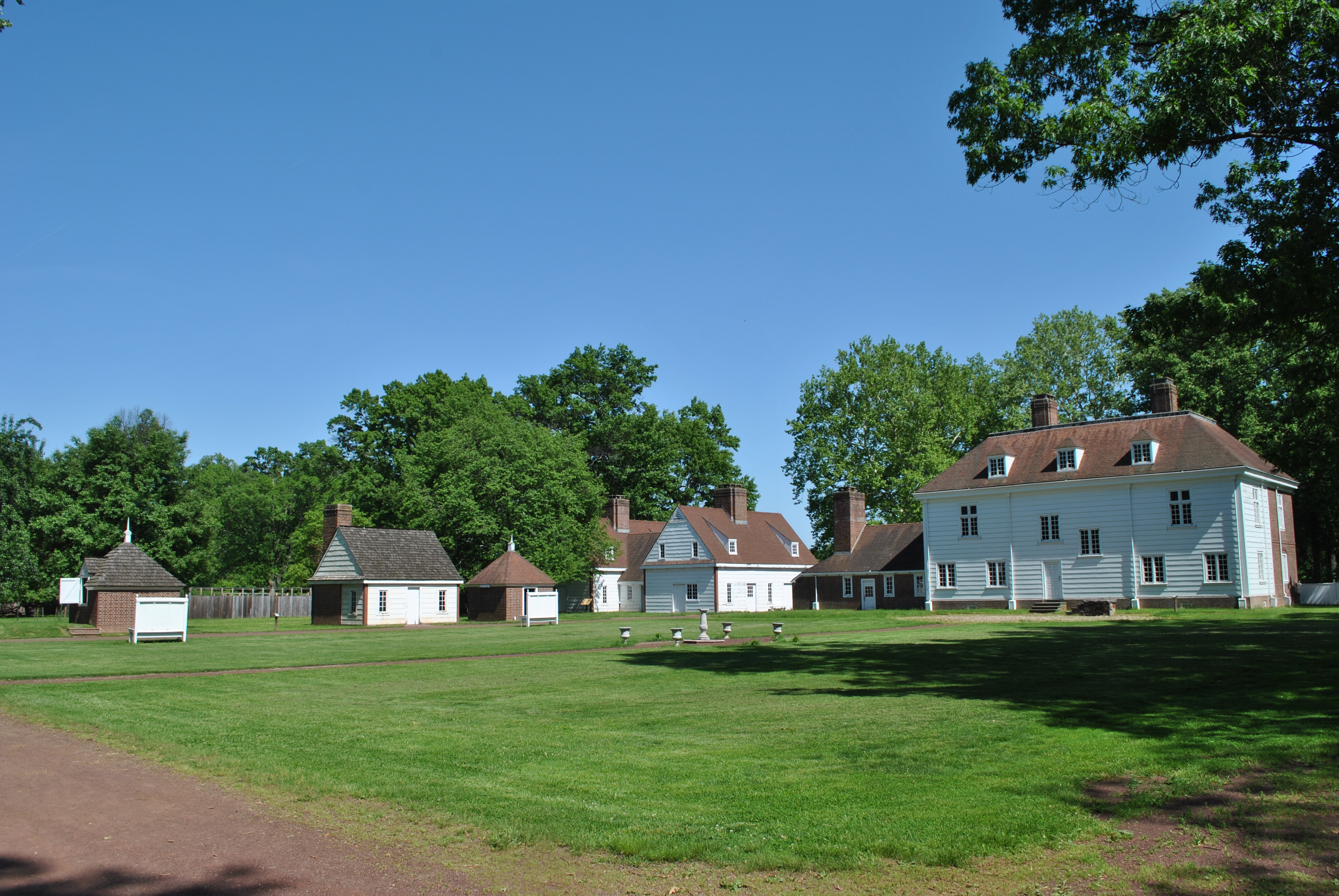
Over nine months, the five person preservation team, led by Director of Conservation Tom McPoyle:
- Restored 88 window sash and attendant hardware
- Performed Dutchman repairs to 36 door frames
- Completed sill replacements to 19 window jambs and 11 door jambs
- and milled and installed four replacement cupolas (small domes that adorn the roofs), as well as six replacement and batten doors.
While the manor itself was the focus of a restoration project approximately 10 years ago, many of the secondary buildings were in need of additional targeted improvements. The team replaced the wood siding and shutters at the site’s Crozier House, the sill plate, hoist and lintel at the Joyners House, the vent box at the Smoke House, the wood siding at the Joyners Shop and Wood Shed, and post bases at the Kitchen. In other words, just about everything got a make-over—one that was as faithful as possible to Penn’s vision and the original buildings.
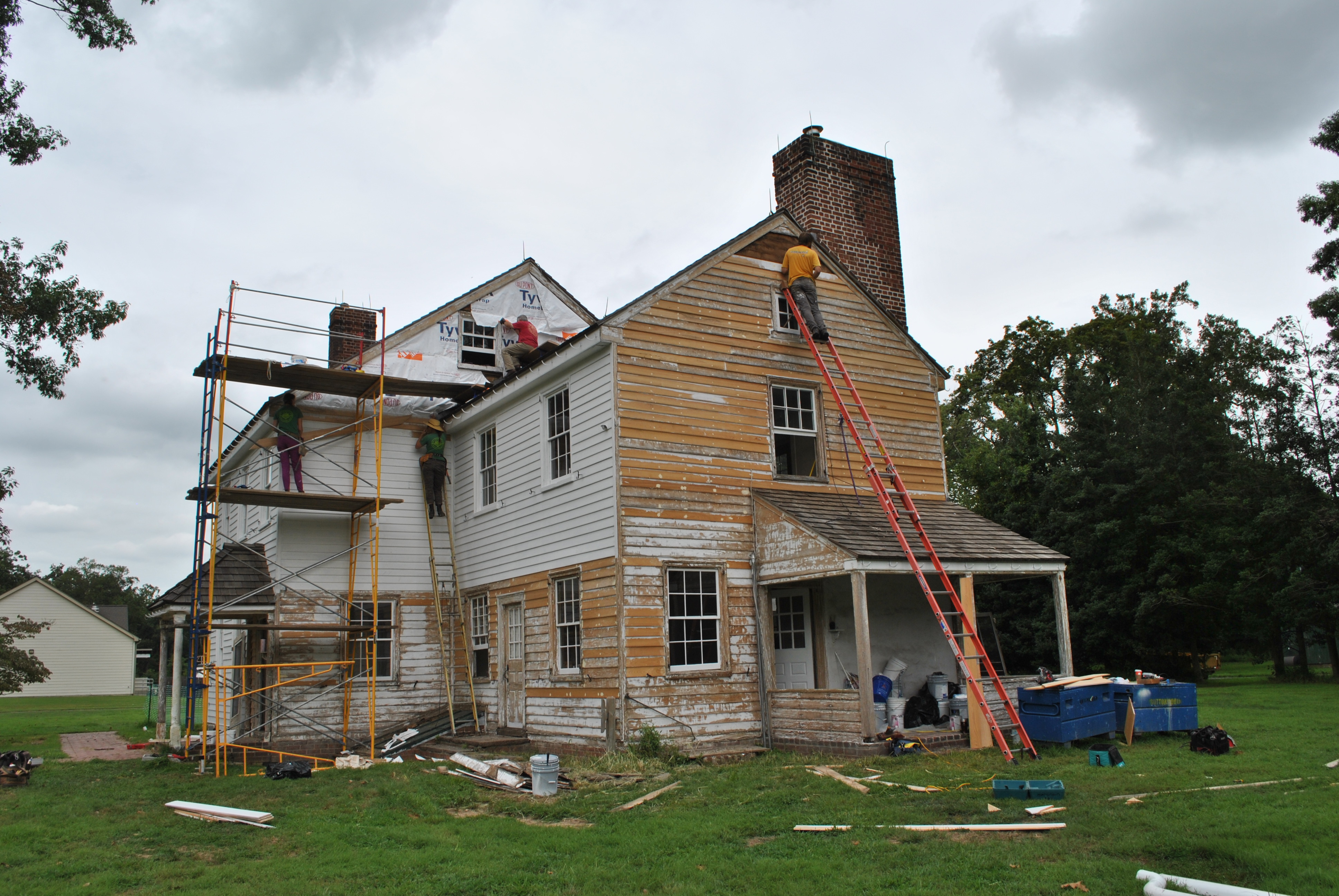
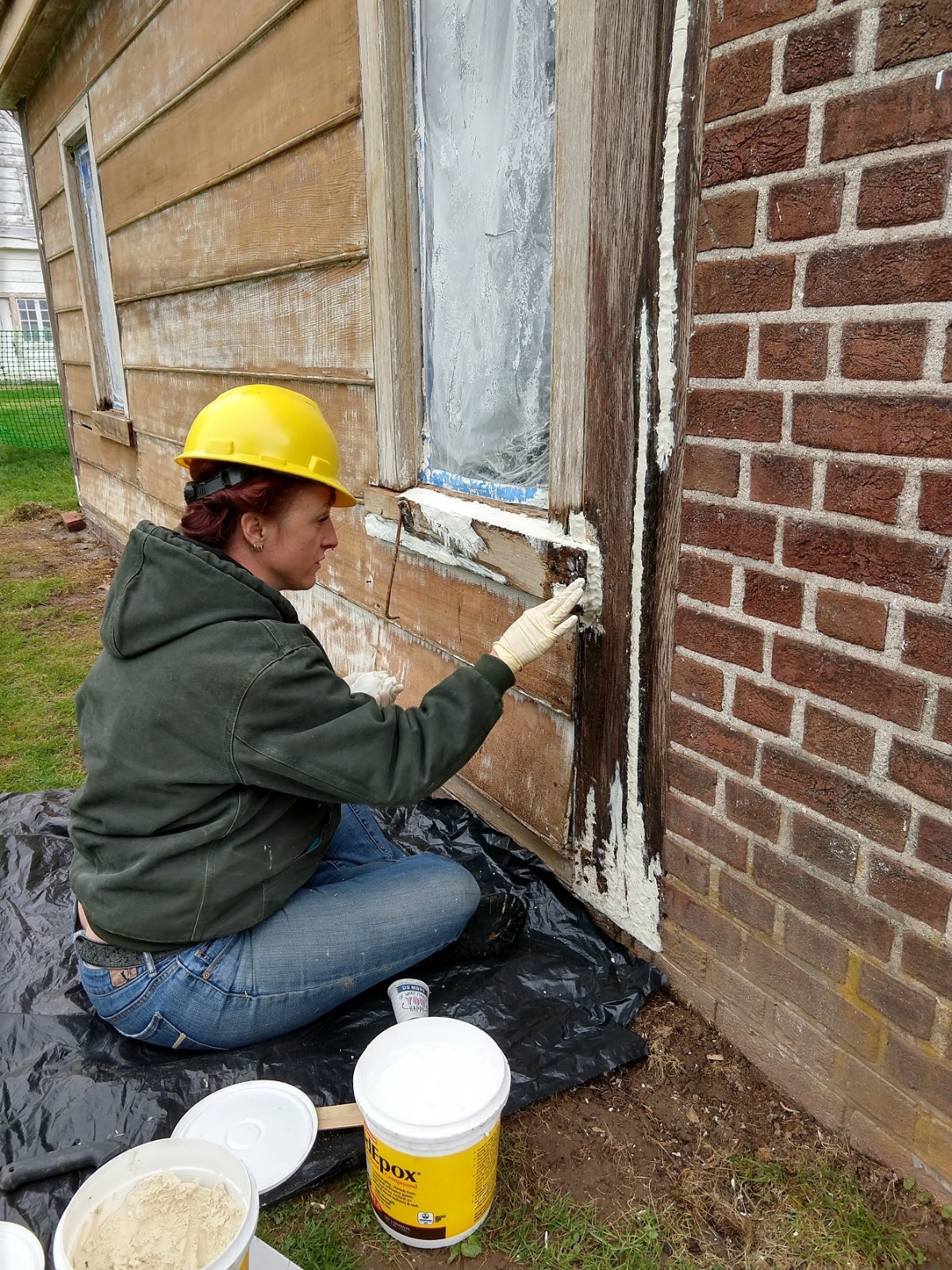
This respect for authenticity and the attention given to historical detail is part of what sets our conservation team apart, and part of what made the Pennsbury work so special. What made it challenging, however, was both the sheer volume of the work to be done and how little information there was to inform it.
According to McPoyle, the dependence on information that could be gleaned from rediscovered foundational elements and Penn’s original written instructions to people on site, resulted in a faithful best-guess at the original intentions and a best effort at replication of the materials and carpentry techniques of the time, which itself is no small feat.
What we end up with, says McPoyle, is a “colonial revival idea of what the site looked like.” The result is a stunning and faithful update of a place with deep roots in our city’s history, rebuilt to last.
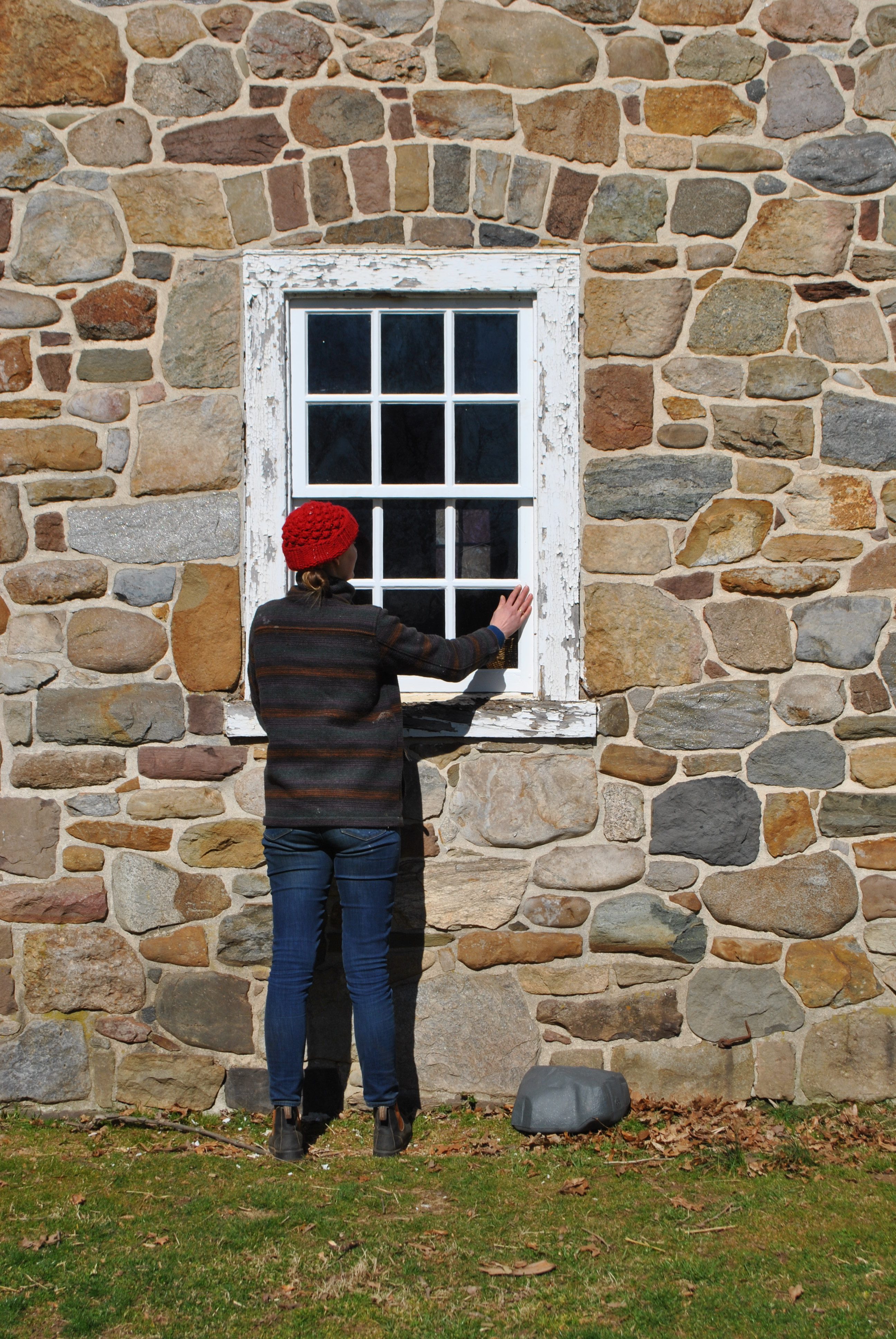

The Conservancy’s architectural conservation staff offers a full complement of building restoration and preservation maintenance services throughout the Philadelphia metro region. For more information, visit our Architectural Conservation page and contact Lucy Strackhouse, Senior Director of Preservation and Property management at 215-607-3494 or lstrackhouse@fairmountparkconservancy.org.
